The Biological Mechanisms of Cellular Aging
Cellular Aging: An Overview
Cellular aging, also known as cellular senescence, is a complex biological process that involves a progressive decline in the functional capacity of cells, leading to their eventual death. This process is influenced by a variety of factors, including genetic and environmental influences, and is characterized by a number of distinct physiological changes.
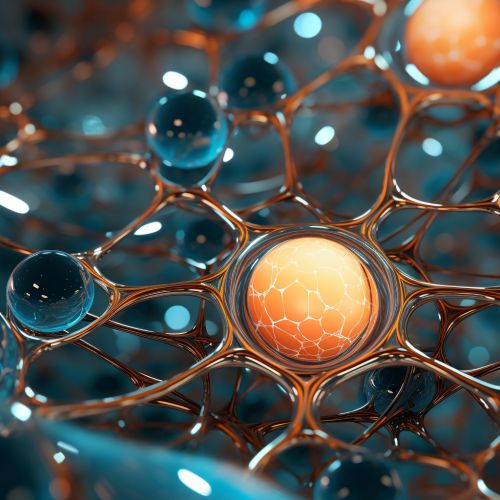
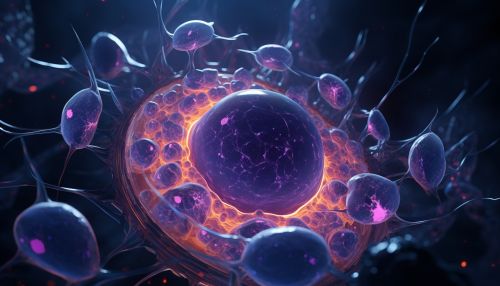
Genetic Factors in Cellular Aging
Genetic factors play a crucial role in cellular aging. The DNA damage theory of aging posits that the accumulation of damage to the genetic material of cells, caused by both internal and external factors, is a primary driver of cellular aging. This damage can result in mutations, which can disrupt the normal functioning of cells and lead to senescence.

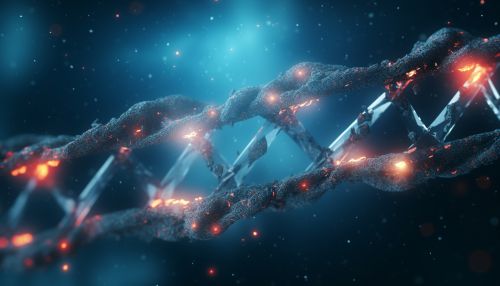
Telomeres and Cellular Aging
One of the key genetic factors involved in cellular aging is the progressive shortening of telomeres, the protective caps at the ends of chromosomes. Each time a cell divides, its telomeres shorten, and when they become too short, the cell can no longer divide and becomes senescent. This process, known as the Hayflick limit, is one of the primary mechanisms of cellular aging.
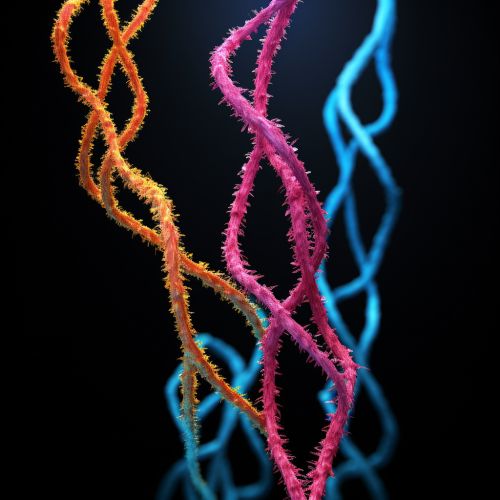
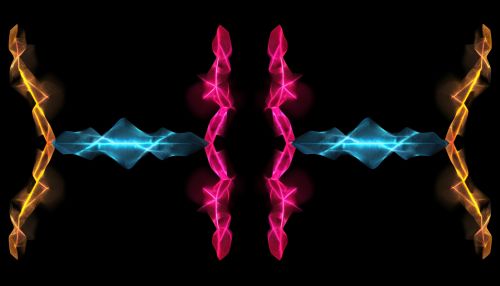
Environmental Factors in Cellular Aging
Environmental factors, including exposure to toxins, radiation, and oxidative stress, can also contribute to cellular aging by causing damage to the DNA and other cellular components. The free radical theory of aging suggests that the accumulation of damage caused by reactive oxygen species (ROS), a type of free radical, is a major contributor to cellular aging.
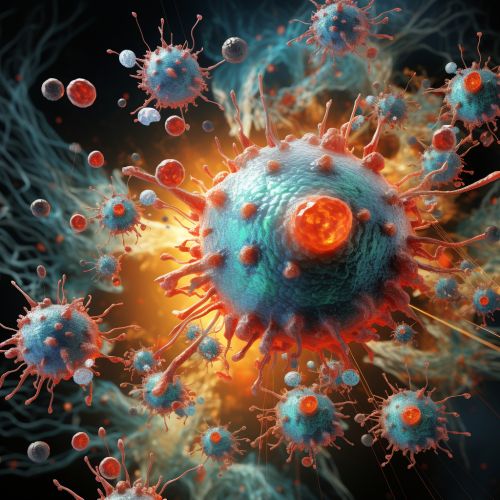
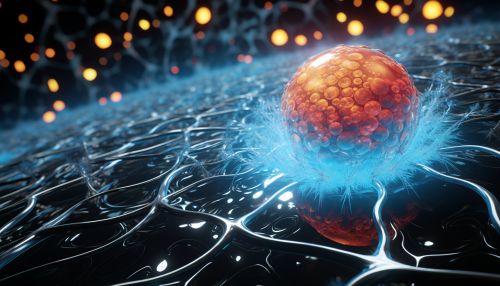
Physiological Changes Associated with Cellular Aging
Cellular aging is associated with a number of distinct physiological changes, including changes in cell morphology, decreased cellular function, and increased susceptibility to apoptosis, or programmed cell death.
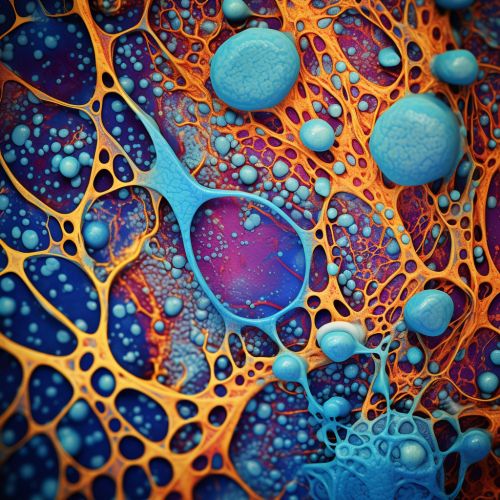
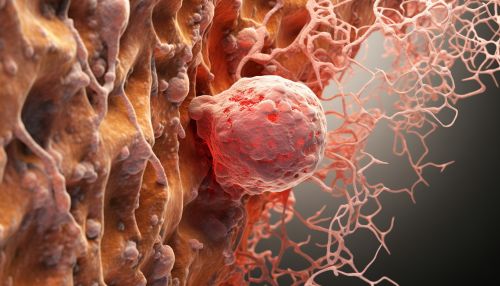
Changes in Cell Morphology
As cells age, they undergo significant changes in morphology, or shape and structure. Senescent cells often become enlarged and irregular in shape, and may also display changes in the organization of their internal structures.
Decreased Cellular Function
With age, cells also experience a decline in their functional capacity. This can manifest in a variety of ways, including decreased protein synthesis, reduced energy production, and impaired cell signaling.
Increased Susceptibility to Apoptosis
Aging cells are also more susceptible to apoptosis, or programmed cell death. This is a protective mechanism that serves to eliminate damaged or dysfunctional cells, but it can also contribute to the overall decline in cellular function associated with aging.
The Impact of Cellular Aging on Organismal Aging
The aging of individual cells has a profound impact on the aging of the organism as a whole. As cells become senescent and lose their functional capacity, tissues and organs can become compromised, leading to the development of age-related diseases and conditions.


Strategies for Combating Cellular Aging
A number of strategies have been proposed for combating cellular aging, including lifestyle interventions, pharmacological treatments, and genetic manipulation. However, the effectiveness of these strategies is still a topic of ongoing research.


